 The paintings of Hungarian artist Vida Gábor’ provide a view into a world that disappeared during the course of the twentieth century. The cultural heritage of Old Europe encased in dimly lit interiors. His touching and often humorous depictions of his native Budapest, with its ageing citizens often in crowded shops or studios surrounded by precious objects, combine a sense of humor and nostalgia that is perfectly matched by his self-taught technique more akin to the nineteenth century than the late twentieth.
The paintings of Hungarian artist Vida Gábor’ provide a view into a world that disappeared during the course of the twentieth century. The cultural heritage of Old Europe encased in dimly lit interiors. His touching and often humorous depictions of his native Budapest, with its ageing citizens often in crowded shops or studios surrounded by precious objects, combine a sense of humor and nostalgia that is perfectly matched by his self-taught technique more akin to the nineteenth century than the late twentieth.
Vida Gábor was born on January 24th, 1937 in Budapest. His mother was an opera singer and his father an architect. When he was 10 year old, his parents noticed that Vida was able to play on his flute just about any classical melody after hearing it just once. He was celebrated as a wunderkind and admitted to the “Ferenc Liszt Music Academy”. There he was a student of Professor Ferenc Hochstrasser.

In 1950 he began to paint auto-didactic pictures with water and oil paints. Gábor came from a well educated background. A child prodigy in music, particularly in flute, he was educated at the Ferenc Liszt Music Academy studying under Ferenc Hochstrasser. In 1956, he began working as a flute soloist in the Philharmonic orchestra for the Budapest Opera and continued for 25 years. Although, he has always been painting and sculpting throughout his life, he decided to dedicate himself completely to painting in 1977.
Being a perfectionist, he decided to achieve the highest standards in this fine art and to create his own unique style. His artistic ability has been influenced by his many talents and great technical skills. For example among his hobbies, he is a goldsmith, restorer of antique clocks, and an avid astronomer who builds his own telescopes among other things. 
Vida Gabor is considered mostly as self taught. However he did not only learn existing painting processes and techniques, but he also invented many of his own. In fact, he had to design and make his own set of fine brushes and tools to satisfy his high standards. The technique that Gabor uses in his painting is referred to as Scumbling.  Gábor’s technique involves the application of a thin layer of color placed over a darker under paint. The artist also has to apply numerous translucent layers on top of each other. It is a very complicated process and it shares some elements with Glazing.
Gábor’s technique involves the application of a thin layer of color placed over a darker under paint. The artist also has to apply numerous translucent layers on top of each other. It is a very complicated process and it shares some elements with Glazing. 
Glazing is a technique of mixing color pigment with a mixture of oil, turpentine and varnish. The color floats in this medium and is therefore transparent. Each layer of paint has to dry first before adding the next one. The result is a very crisp, translucent enamel-like effect.
 The artist usually spends several months to finish just one painting. He prefers to paint at night to fully focus on his composition. In fact, most of his paintings depict night scenes. The viewer will notice a source of light such as lamp or candle often used in his themes evoking emotions of warmth and magic.
The artist usually spends several months to finish just one painting. He prefers to paint at night to fully focus on his composition. In fact, most of his paintings depict night scenes. The viewer will notice a source of light such as lamp or candle often used in his themes evoking emotions of warmth and magic.  The characters of his paintings are colorful folks in the tradition of the nineteenth century with no reference to anything that threatens the happy illusion based in Budapest’s proud past. His characters are very realistic and yet whimsical depicting a variety of scenes. He takes the viewer deep into his own world which combines reality with fantasy.
The characters of his paintings are colorful folks in the tradition of the nineteenth century with no reference to anything that threatens the happy illusion based in Budapest’s proud past. His characters are very realistic and yet whimsical depicting a variety of scenes. He takes the viewer deep into his own world which combines reality with fantasy.

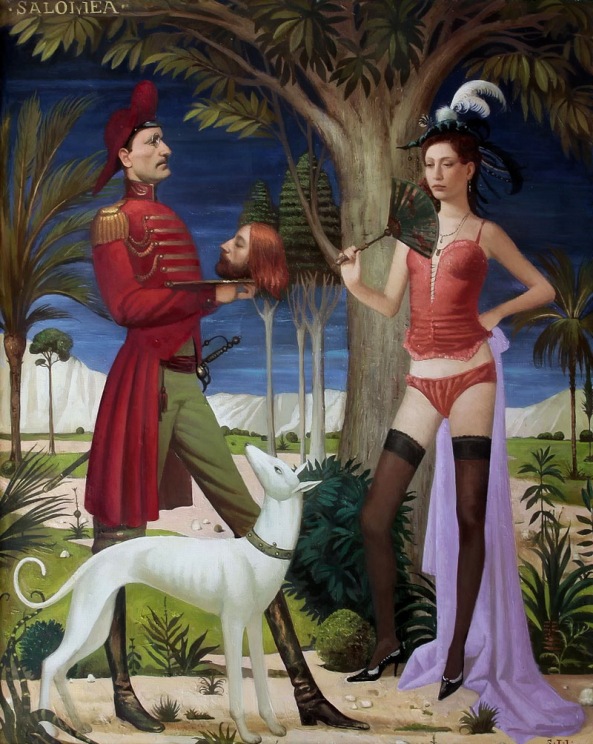
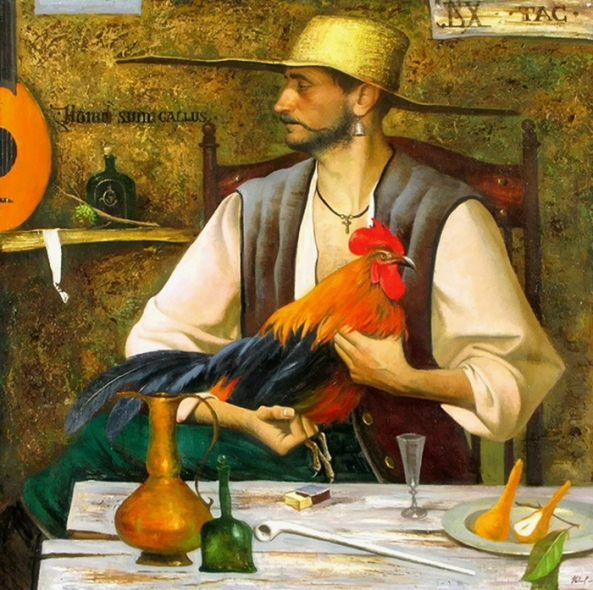
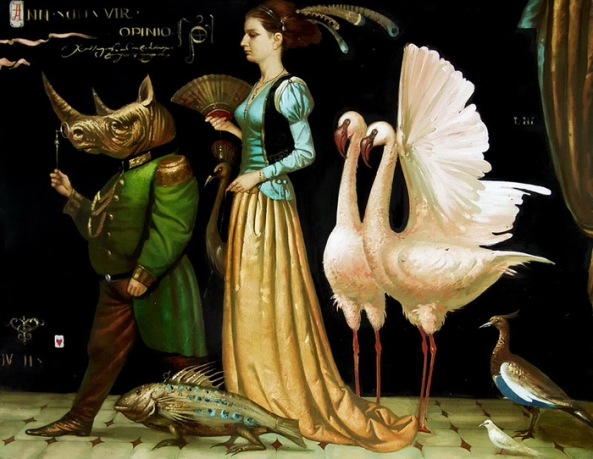
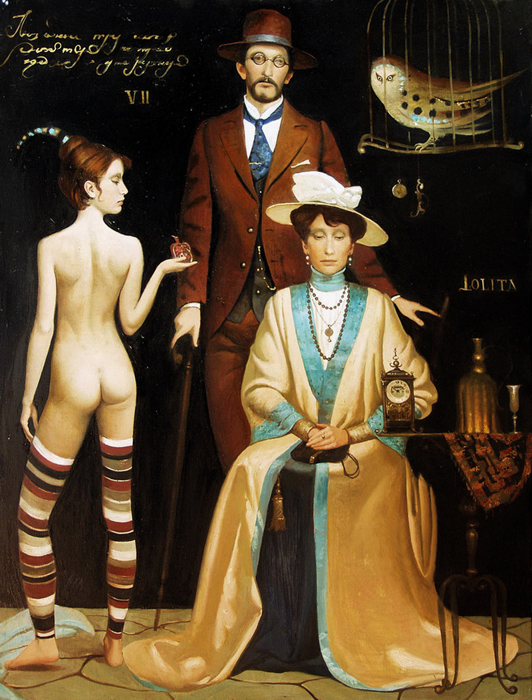
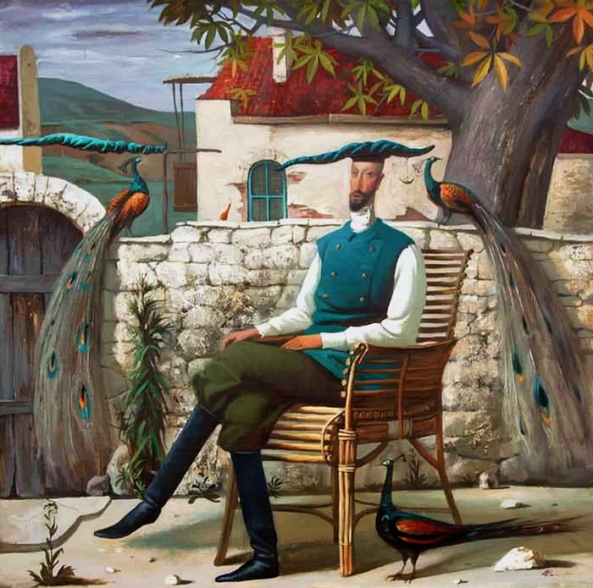
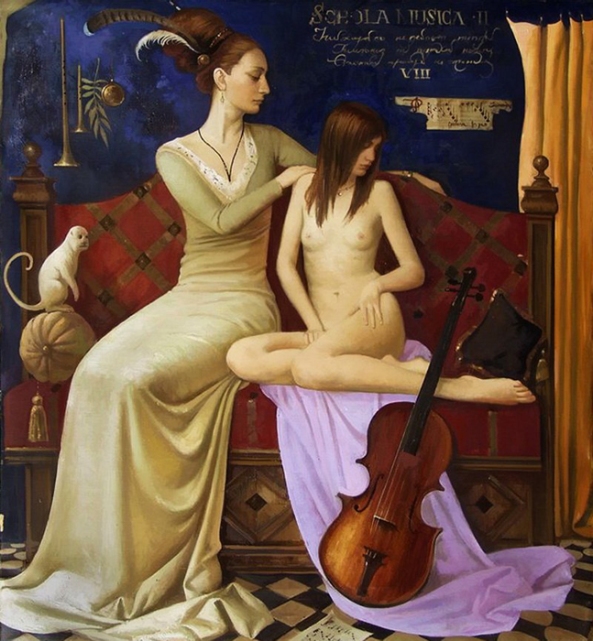
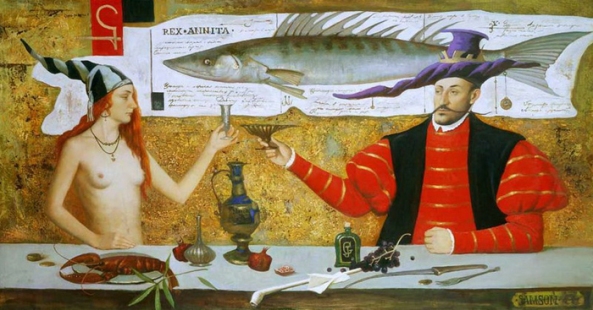
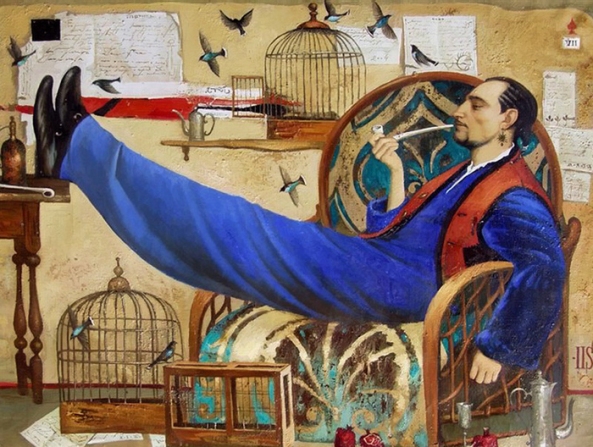
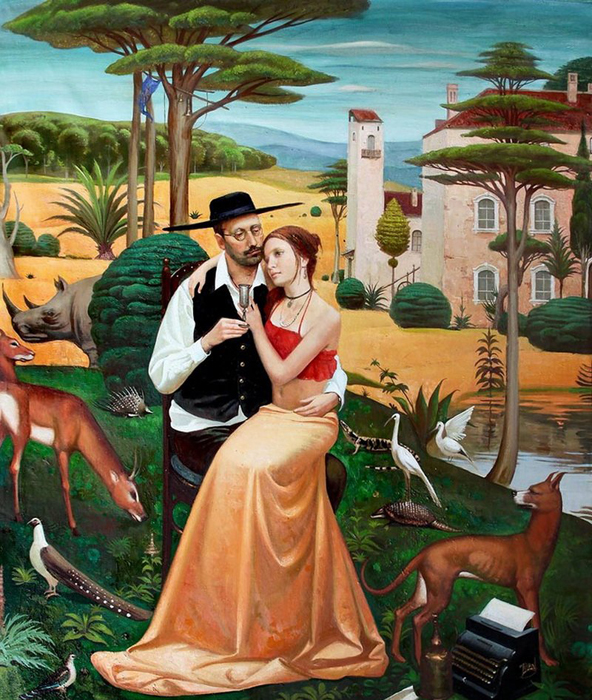 Participation in numerous exhibitions in Russia, Germany, France, Italy, China, America confirms his undeniable talent. Igor Samsonov is considered one of the most talented contemporary artists of the famous school of St. Petersburg.
Participation in numerous exhibitions in Russia, Germany, France, Italy, China, America confirms his undeniable talent. Igor Samsonov is considered one of the most talented contemporary artists of the famous school of St. Petersburg.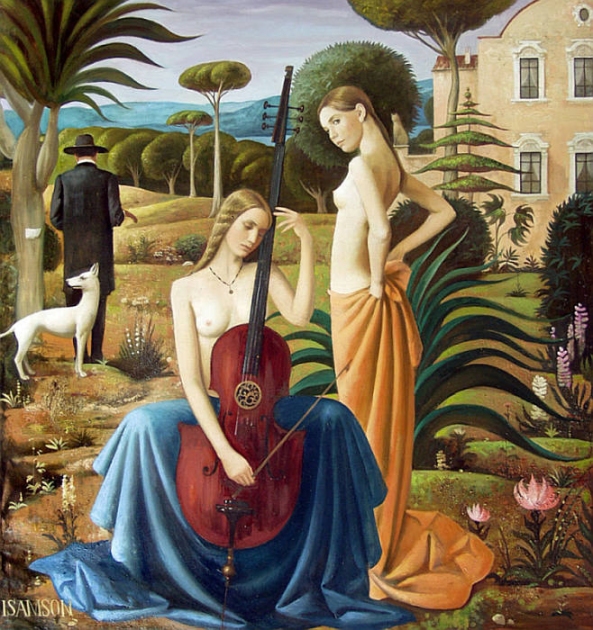












 Not long ago, I wrote a post about the diagnoses of poor Mona Lisa,
Not long ago, I wrote a post about the diagnoses of poor Mona Lisa, 















